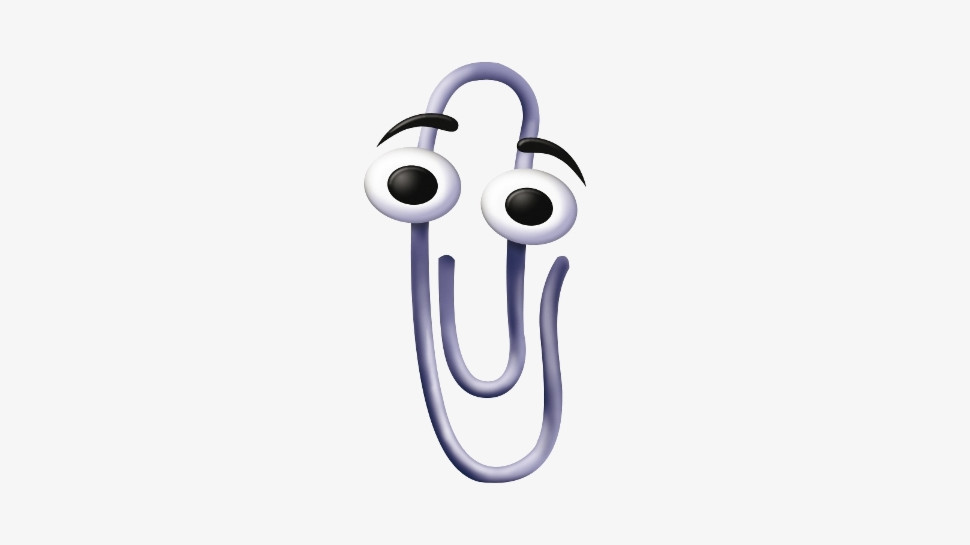
Microsoft is an old (in tech terms, at least) company - and a very successful one at that, but not every product it makes is a success.
For every Windows 7, there's a Games for Windows Live. Every Microsoft Office, there's a Clippy.
To help people reminisce and revisit memories of Microsoft products gone by, a group of developers and tech enthusiasts has made an open-source site named Microsoft Graveyard.
If that rings a bell, that’s probably because you may have come across Killed by Google, a similar website made by Cody Ogden, another developer and tech enthusiast, but for deprecated and discontinued Google products. Ogden made an analogous website for Microsoft products named Killed by Microsoft, and that heavily inspired the creation of the Microsoft Graveyard.
Welcome to the (unofficial) Microsoft Graveyard
At Microsoft Graveyard, you can peruse the various products, services, apps, and other creations that Microsoft has launched and ended up ditching - both software and hardware.
There’s plenty to reflect upon, as many people who have been using computing or mobile products for any portion of their lives have probably come across at least a couple of these. I know I have, and there’s also lots to learn about many of Microsoft’s attempts at innovation through the years (Microsoft Graveyard’s entries are in chronological order).
The unofficial archive of discontinued Microsoft products was made by Victor Frye and a community of Microsoft enthusiasts, launching last week. The group calls the website "a passion project built because we have lovingly used many of these products before their untimely death." You can read about products like MSN Messenger, Kinect, and many more. MSN Messenger (also known as Live Messenger) was a cross-platform instant messaging (IM) program used by many kids who grew up at the early stages of the internet as we now know it, and Kinect was a motion sensing gaming controller that was killed off just last year.
Go down memory lane for yourself to read about things like Windows Phone, Zune, the recently “deceased” Cortana, Clippy, and many more. Each entry is headed up with the name of the product, which links to a page where you can find more detail about it (sometimes a Wikipedia page). That followed the product’s lifespan and a paragraph description of the product.

Go and see it for yourself, maybe even get involved
When you visit the website, you might notice that the first handful of entries are dated into the future and the icons are coffins instead of gravestones. That’s to indicate the Microsoft products that will be joining the rest of the discontinued “dead” products on the list in the near future. This includes products like Windows 10 (which still sees minor tweaks and updates), the Xbox 360 Store, and others.
If you’re intrigued, I’d urge you to check out Microsoft Graveyard for yourself. As it’s an open-source project on GitHub, you can actually join the fun of compiling, contributing to, and maintaining the website. You can also follow the project’s ongoing development and updates on Threads.







